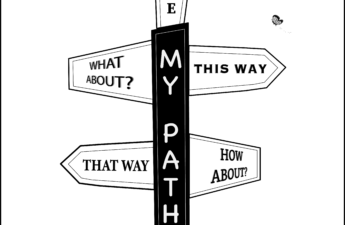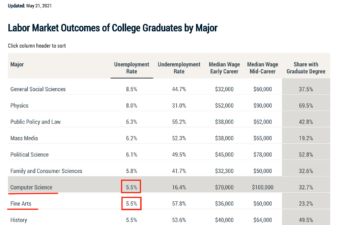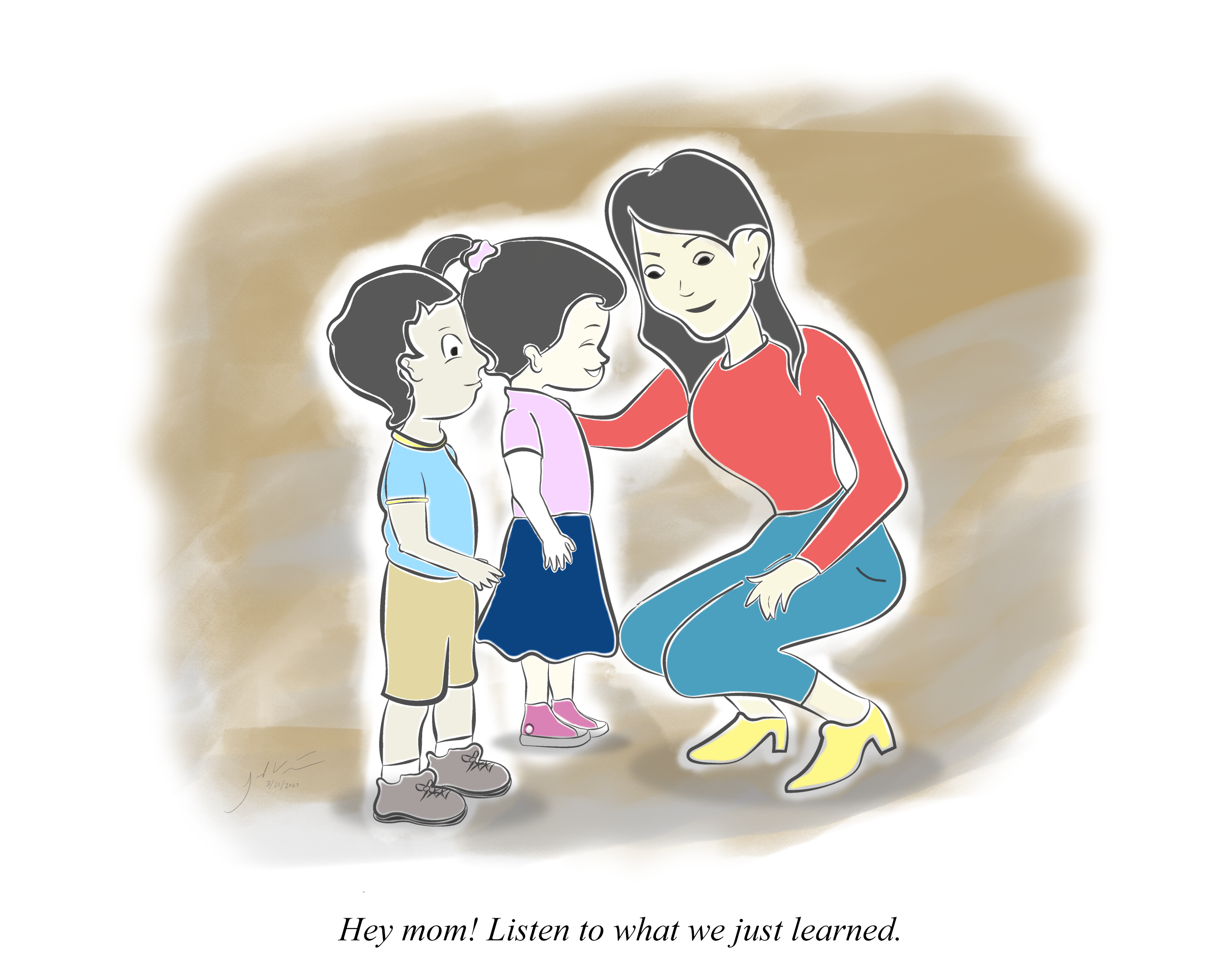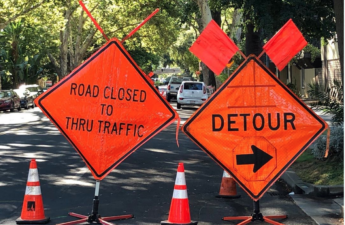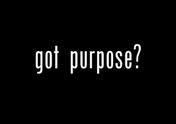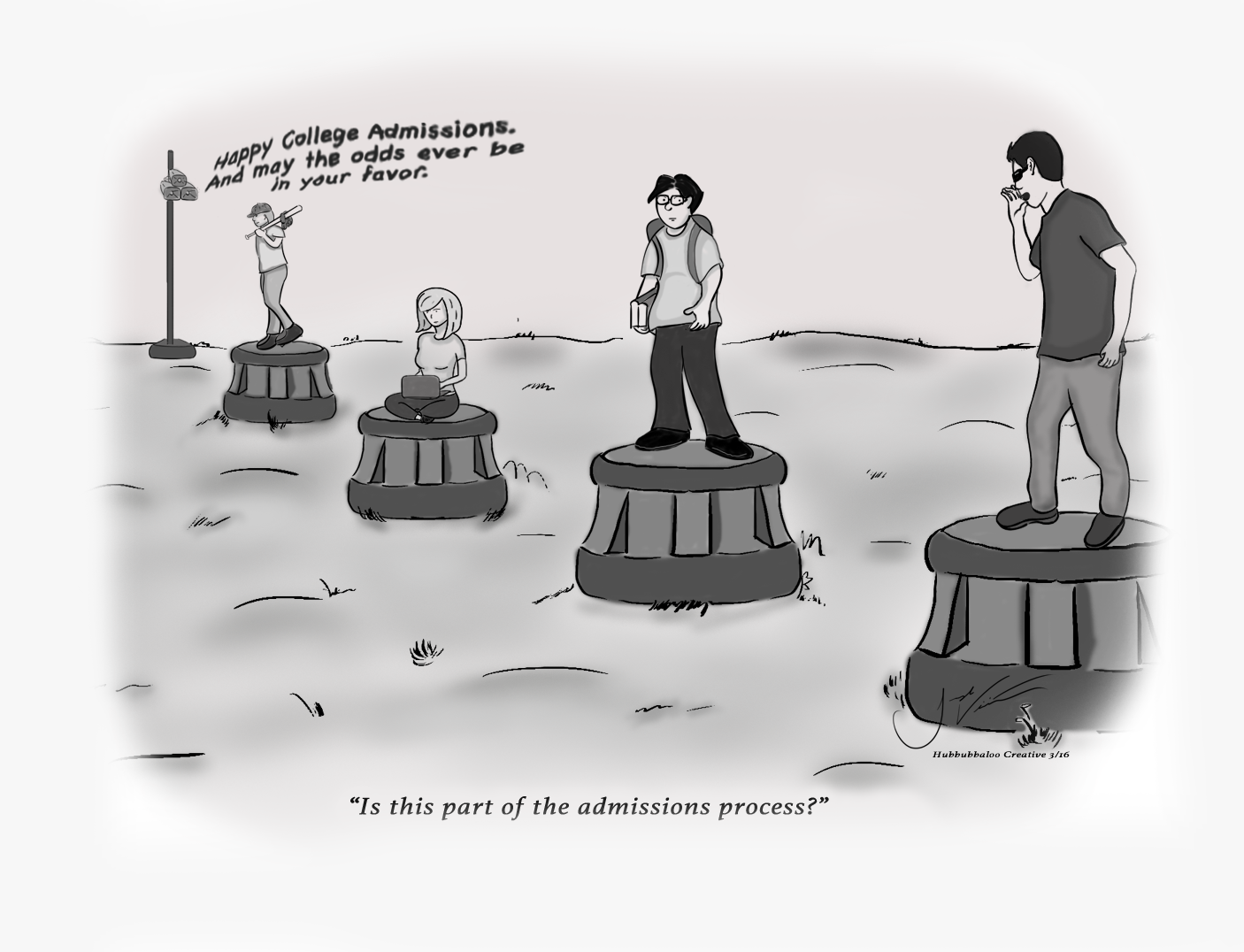Applying to an Ivy League or other similarly highly selective college, where 95-97% of all applicants are denied admissions can be intimidating. To apply or not apply requires asking, “Just because I can (since I’m qualified), does that mean I should?” Being the top of one’s class in one’s local high school, even in a…
Tag: Highly Selective Colleges
Can I change my 650 word Common Application Essay After Submitting It Once? Take Two
Yes, students can edit/update/revise/rewrite the 650 word Common Application essay after submitting an application to one (or more) colleges, as was discussed last Fall 2020. Yet, once a 650 word Common Application essay is submitted, the copy is final for that college. A revised 650 word Common Application essay will only be reviewed by college…
Surprise! Hidden college admissions essays on the Common Application
Sometimes, on The Common Application, additional essay prompts will appear, depending on students’ answers to the campus specific questions. However, students are not forewarned about potential essay prompts. And, for many students, who complete the application, in the last days (or hours) before the application deadline, students can panic, when such “hidden” questions are revealed. …
Too Many People with The Same Good Idea
New college grads, those aged 22-27, who studied computer science, are just as likely to be unemployed as those who studied the fine arts, according to the latest New York Federal Reserve analysis. The irony. Most families expect that any studies remotely related to technology translates to unequivocal and continuous employment throughout one’s lifetime. Conversely,…
The Struggle to Realize Genius and the Cost of Failing to Do So
Everyone has genius. Yet, few discover their genius. Every parent intends to unleash their child’s genius. Yet, the endeavor to help one’s child discover genius requires the intricate, on-going, at times, herculean effort to challenge expectations—one’s own, one’s extended family’s, as well as one’s culture’s and community’s—not to mention reconciling any gaps in a parent’s…
Is the College Landscape Experiencing a Tectonic Shift Post Pandemic?
The effects of the COVID-induced disruptions to education have yet to be quantified in the intermediate and long term, thus educators struggling to redefine “normal” learning for years to come, as an entire COVID-affected generation, Pre-K through College, matriculates through the educational system. Additionally, the SAT, an 80 year old admissions requirement, is being summarily…
Imperfect information to seek value in education
Education is often one of the most complicated investments people make in their lifetime. As such, accurate information is essential, yet often difficult to acquire thus only increasing the risk of educational malinvestment. There is a cornucopia of free information regarding every possible educational issue known to man, but remember the old adage, “You get…
How to assess the value of a college education in order to avoid malinvestment
Comparing the published price of tuition along with the size of the student population can be one metric to value a university education. However, “shopping” colleges on price alone is shortsighted, thus families may overlook valuable educational opportunities. Instead families should determine the value of any college education by discussing answers to reflective questions, starting…
The Perils of Being Elite
Many students, each year apply and believe they should be admitted to an elite college—defined statistically by yield, selection rate, and its inverse, rejection rate. So when reality dawns in the spring and applicants realize instead they are part of the 95% of those who will not be admitted to an elite college, they are…
Has the college admissions bubble finally popped?
The law of supply and demand dictates that when prices rise, demand shrinks. Yet, demand for college education post-WWII seems to be inelastic (meaning that demand does not seem to react to increases in price), has only increased, despite the four-digit increase in tuition and costs that has been leveraged to the tune of $1.7…
Highly Selective Indeed
Throughout the Ivy League, possibly emboldened by test-optional admissions policies being one less barrier to entry, Fall 2021 applicants increased by double digits, adding subjectivity to the admission evaluation process and dropping admit rates year over year, some to record lows at Harvard, Columbia, Princeton, University of Pennsylvania. Ivy League admit rates for the Classes…
Community Service: Motivation is Important
Parents routinely ask how many hours of community service their kids must complete in order to be competitive in the college admissions process, essentially commoditizing generosity for their personal gain, which is at odds with serving the needs of others. What, then, is community service and why can volunteerism be included in the college admissions…
To Wait or Not To Wait, That Is the Question
Waitlist offers—the no man’s land of college admissions, an offer for the B Team, a “we’ll call you, don’t call us”—hope and doubt all wrapped up in a single “Maybe”. Students, although navigating through the emotion of wondering why one wasn’t quite “good enough”, can still lobby for an offer of admissions. But, should they? …
The Responsibility of Choice
This spring, like every spring, after years of struggle, high school seniors will finally experience acceptance in the form of an electronic letter or alert in an applicant portal offering admissions to this or that college. Once the initial elation fades, families begin deliberations in earnest to make a final selection by the May 1…
Beware of unmet expectations
The root cause of the financial crisis was purely human factor. This human factor is the completely false sense of omnipotence, self-importance and entitlement among the country’s elite, as well as the nurturing of these beliefs at Ivy League colleges and other elite universities the US will be doomed to suffer other calamities every bit…

